How to crochet
Introduction
Crocheting is a craft that involves creating fabric by interlocking loops of yarn, thread, or strands of other materials using a crochet hook. The name is derived from the French term crochet, meaning 'small hook'. These hooks are made from a variety of materials, such as metal, wood, and plastic, and are commercially manufactured and produced in a variety of sizes and shapes. The key difference between crochet and knitting, beyond the implements used for their production, is that each stitch in crochet is completed before proceeding with the next one, while knitting keeps a large number of stitches open at a time.
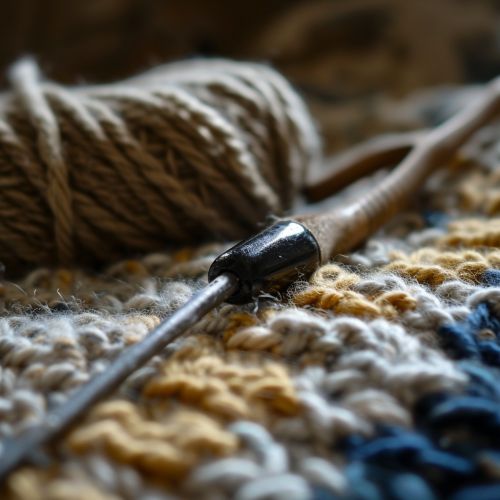
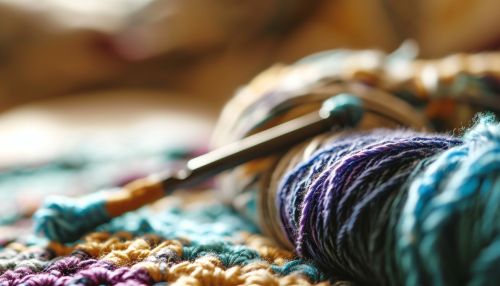
History
The origins of crochet are not well known due to the lack of historical documentation. It is generally believed that the craft originated in the Arabian Peninsula, spreading eastward to Tibet and westward to Spain, from where it followed the Arab trade routes to other Mediterranean countries. Early examples of crochet have been found in South America, where a primitive tribe was said to have used crochet adornments in rites of puberty. In Europe, crochet began to emerge in the 19th century, reportedly used by French nuns in charity work among the poor. It was promoted at the Irish Industries Fair after the Great Famine of the 1840s. Crochet lace was cheaper to produce than hand-made bobbin lace at this time, and was thus used in the production of lace curtains and other home decor items.
Materials
The most essential tool in crocheting is the hook, which is used to pull thread or yarn through loops to create fabric. Hooks come in many sizes and materials. The type of material used for the hook may depend on the material of the thread or yarn, the particular stitch being used, and the preference of the crocheter. In addition to the hook, the material most commonly used in crochet is yarn or thread. Crochet can be done with a wide variety of types of yarn, including synthetic, cotton, hemp, and wool. The type of yarn used can greatly affect the finished product, as different types of yarns have different textures and strengths.
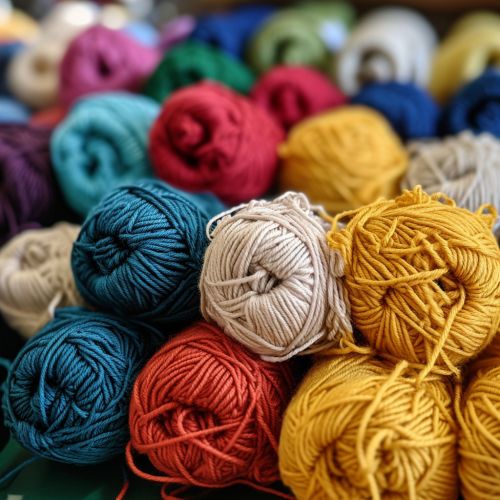
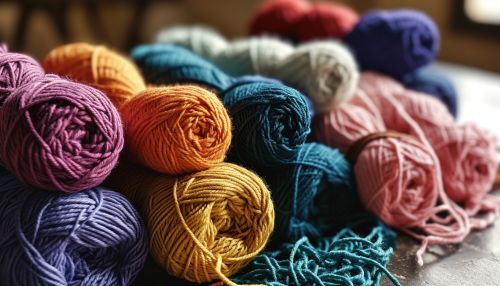
Techniques
There are several basic techniques in crochet, including the chain stitch, slip stitch, single crochet, half double crochet, double crochet, and treble crochet. Each of these stitches has a different height and tightness, which can affect the overall look and feel of the finished project. In addition to these basic stitches, there are many more complex stitches and techniques that can be used in crochet, including Tunisian crochet, filet crochet, broomstick lace, hairpin lace, and cro-hooking.
Patterns and Designs
Crochet patterns are instructions on how to create a specific crochet item. Patterns can range from simple to complex, and can be found in a variety of sources, including books, magazines, and online. Patterns are typically written in standard American terms or standard British terms, and will specify the type of yarn, the size of crochet hook, and the type of stitch to be used. In addition to written patterns, some patterns are represented as diagrams using symbols that represent each stitch type. This method of pattern writing allows for patterns to be more universally accessible, as the symbols are standard across different languages.
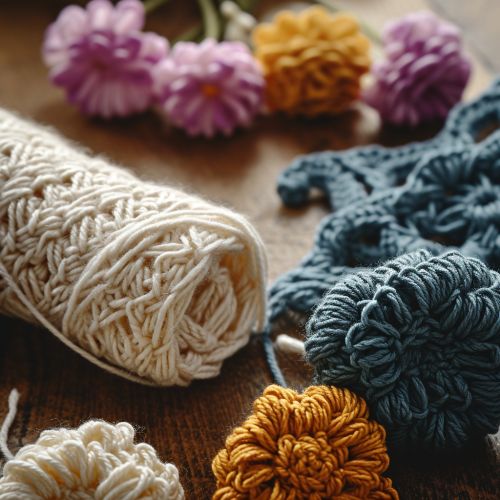
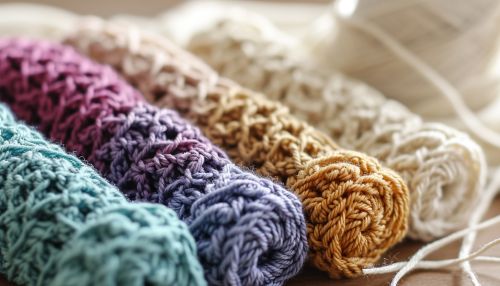
Applications
Crochet is used in many applications, from clothing and accessories to home decor. Crocheted items can be made in a variety of styles and designs, from simple and functional to intricate and decorative. Some popular items to crochet include scarves, hats, blankets, and toys. Crochet can also be used to create more unusual items, such as jewelry, bags, and art pieces.
Health Benefits
Crocheting, like many crafts, has a number of health benefits. It can help to improve motor skills and hand-eye coordination, and can also help to reduce stress and anxiety. The repetitive nature of crochet can have a calming effect, similar to the effects of meditation. Additionally, the sense of accomplishment that comes from creating a finished piece can help to boost self-esteem and self-efficacy.
